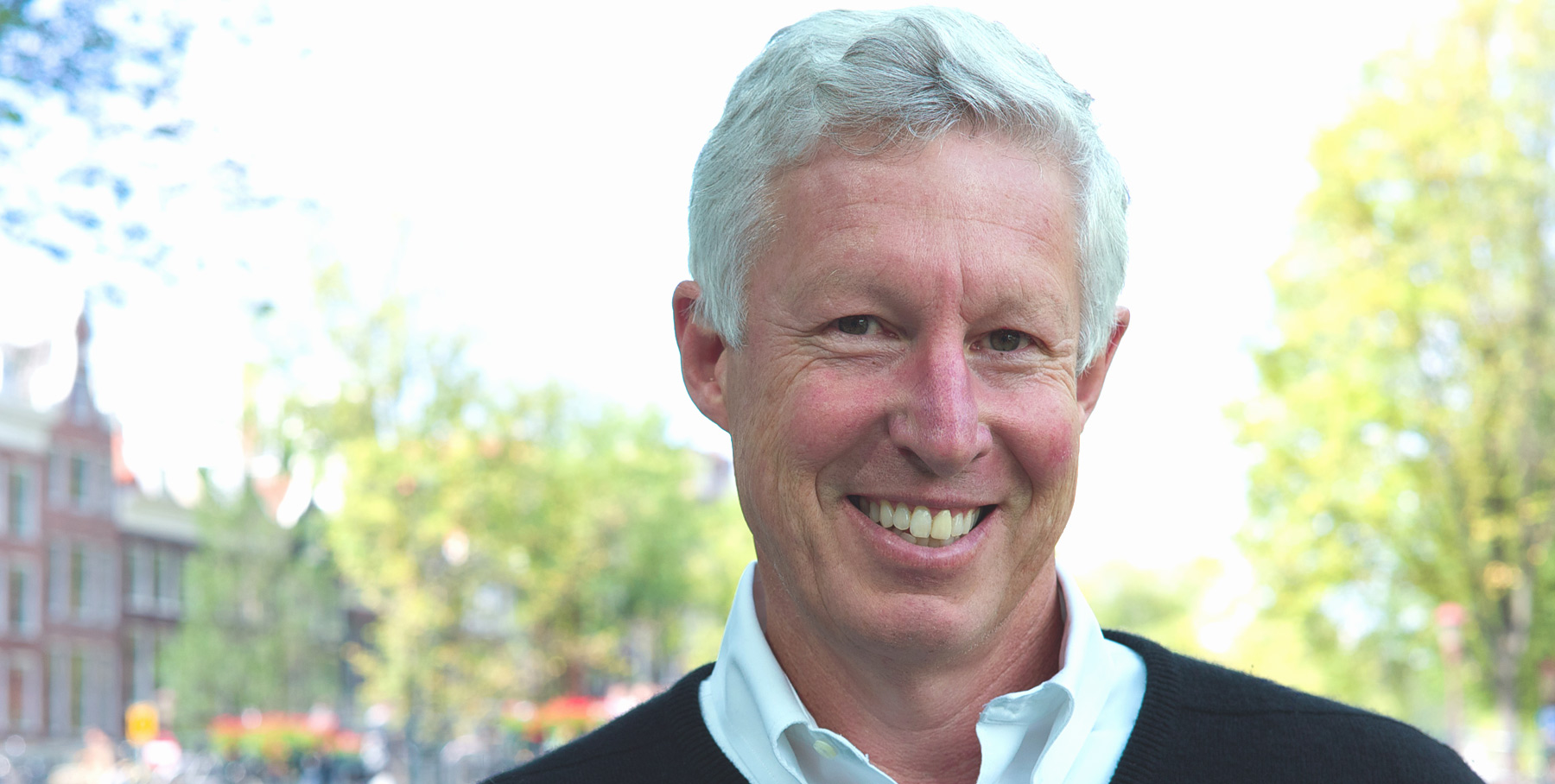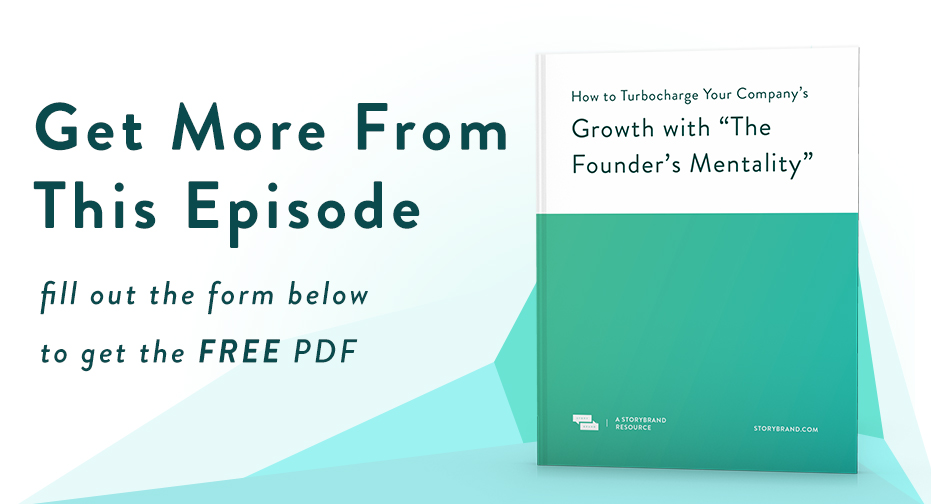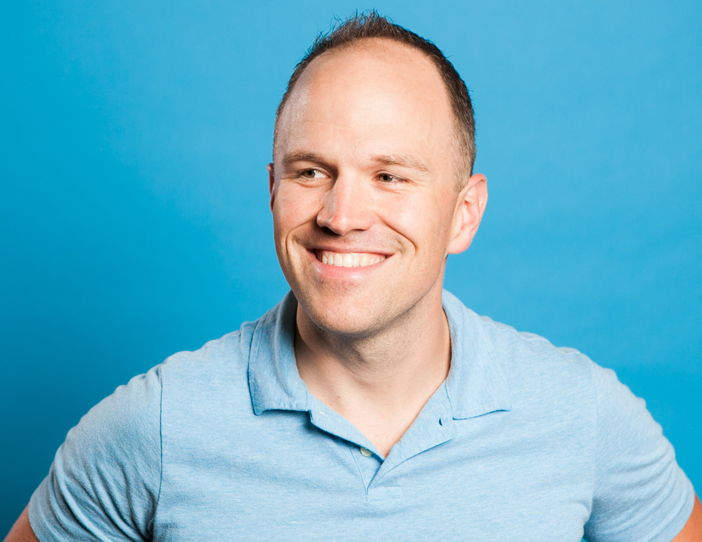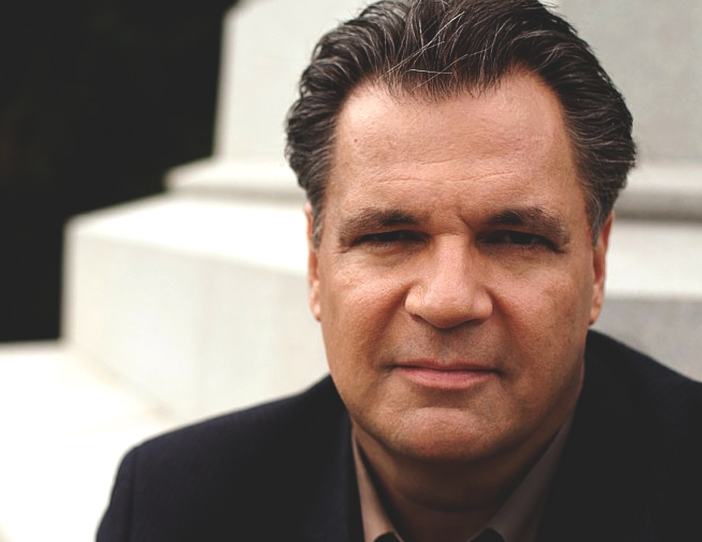
Episode Description
Not too long ago, I was spending more and more time out in my writing shed, working to wrap up a book. I was around the office less and had stepped away from day-to-day leadership.

But during that time, I noticed that morale decreased around the StoryBrand office. We hit a lull. Our overhead had ticked up, sales were declining a little bit, and the overall vision felt distant.
And that’s when I read The Founder’s Mentality by Chris Zook and James Allen. It came at just the right time because truly it changed the life of our company. After I read it, I made some strategic decisions based on the book, and we saw a boost in sales almost right away. Plus, my staff’s morale increased too, because they had a stronger vision and sense of purpose.
So I’m truly honored to have one of the authors of this book, Chris Zook, joining me as today’s guest on the Building a Story Brand podcast. He’s going to talk us through the same big principles from the book that helped enliven our business — principles that are backed by smart data from his company, Bain & Company.
What do we mean when we say “The Founder’s Mentality?”
It all started with a big question Chris and his team asked: what is it about the way companies are built that makes them innovative and attractive on the inside, as opposed to those that age prematurely and decline?
And what they found was staggering.
They looked at all the major public companies in the Fortune 500 and focused on companies where the founder or the founder’s family was still involved in some way (usually as CEO or on the board).
Those companies with involved founders (or the founder’s families) performed 3.1 times better in shareholder returns over a 15-year period compared with companies where the founder’s shadow had disappeared.
And then they had to know: what internal elements of these founder-driven companies were driving that success? They wanted to know, in Chris’ words, “how businesses are built on the inside to sustain themselves on the outside.”
They pinpointed three elements in these kinds of companies, which together make up what they called “The Founder’s Mentality.” We’ll unpack them here in a minute.
Not a Founder? That’s Okay.
But before I do, I should say: you don’t have to be a founder or even work at a company with a living founder in order to apply these three elements.
Chris’ study isn’t about founders, per se. It’s about harnessing the same internal elements that founders possess in order to keep your company hungry, agile, and profitable. In the book, Chris says that “of the roughly one in ten companies that achieve a decade of sustained and profitable growth, nearly two in three are governed by the founder’s mentality.” In other words, these elements are linked with successful companies, so they deserve our attention.
Element #1: An Insurgent Mission
Here’s a saddening statistic Chris passed along from Gallup: only 13% of Americans working in business say they have an emotional connection to the place they work.
And it matters: Chris’s team found that people without an emotional connection to their companies are about five times less likely to go above and beyond their job descriptions — offering suggestions, taking a phone call on the weekend, or inviting a friend to apply for a job alongside them.
But that emotional drive and purpose is key in every founder’s story.
Elon Musk believes his life’s purpose is getting humanity to Mars, and that passion shows up in every SpaceX employee. (If you missed our podcast with his biographer, check it out here.)
Chris also mentions Nike, where “an enormous percentage of people understand that it’s about performance, and they’re very, very proud of their linkages to athletes.”
He calls it “an insurgent mission,” and defines it as “something that everyone in the company understands makes it special, gives them pride, and reflects what they’re building in the long term.”
Over time, businesses lose sight of what the bigger cause is, and employees don’t see their role in a larger, epic story.
In story terms, we think of it as the great villain your company fights against. Here, you make your staff members the heroes who wage battle against something that ought not be in the world, simply by being a part of your team and growing your company.
Over time, businesses lose sight of what the bigger cause is, and employees don’t see their role in a larger, epic story.
“That emotional core, it really is the soul of a business,” Chris says, “and we found that [it] was absolutely critical to internal health.”
Element #2: An Obsession With the Front Line
Chris shares an MIT study that shows we can trace over 90% of innovations for our products and services back to detailed experiences with customers.
Founders almost always begin their companies on the front lines, knowing customers by name and obsessing over product details. Chris gave two great examples — Lex Wagner, who founded The Limited, slept in the store and turned the lights on every morning. Michael Dell hunkered down in his dorm room for hours, assembling computers from parts.
That ownership and intimacy with the front lines is powerful. But over time, founders tend to separate themselves from it. As Chris says, we “create layers and have many, many decisions made by people who have never served a customer and don’t have intellectual curiosity about the ground level of a business.”
When that happens, you lose your instincts and you make decisions without any true context for your customers’ needs or pain points. As a result, your company becomes vulnerable to startup competitors who are doing business right on the front lines. Chris cites Sony, who lost the small video camera market to GoPro and their very passionate, involved founder.
So how can you turn it around? Chris mentions what Home Depot CEO Frank Blake did to revitalize the home improvement giant:
“[Frank] looked at the top 15 or 20 senior executives on his team around him and their calendars, and he found that no one had spent a day in a store in months. [He decreed] that everybody had to work for a full day in a store, stocking, or checking out, or in the back room, or just serving customers. He said that began to change enormously the dialogue in the management meetings, and the sense of connectedness with the people running the stores.”
We’ve been experimenting with how we can deepen our front line mentality here at StoryBrand.
To prep for one of our marketing workshops, we got to know the 50 or so attendees before they showed up. We all spent time reviewing each person’s name, picture, and the biggest marketing challenge they said they were facing. And we all had their stories in our minds as we interacted with them over the workshop.
We’ve always had great reviews for our workshops, but the reviews for that one were higher than any we’d ever done, showing us how much better we all were at our jobs when we obsessed over those customer details.
Element #3: An Owner’s Mindset
I cannot handle bureaucracy and needless complexity. To me, it just slows down our ability to execute. And in this age you can’t afford to go slow.
I always thought this was a flaw of mine, but Chris assures me it’s an asset. Because, it turns out, this kind of attitude is part of the third element: the owner’s mindset.
It’s perhaps the biggest hallmark of founders. Their literal ownership of the company means it’s their baby, and they feel deeply responsible for it. Chris describes it as “a paranoia to attack issues and resolve blockages to progress as quickly as possible. It’s about a distaste for bureaucracy and complexity, and a fear of becoming slow.”
A major way this bureaucracy shows up is in what Chris called an “ossified managerial class” who spends a great deal of time in internal meetings, emails, and conference calls. It takes them away from the actual work of being in the field, working with customers, and developing ideas.
As Chris neatly puts it, “Complexity is the silent killer of profitable growth.” So no matter how big or small your organization is, he encourages you to “comb through all the processes, all the product lines, all the R&D projects that you have going on, all the extraneous assets, and just constantly ask yourself what you can possibly do without.”
Three simple ways you can apply these elements this month
I asked Chris to share some practical ways we can put the three elements of the Founder’s Mentality to work in our businesses. Here are a few of his ideas:
• When you have an idea you’d like to try, don’t overthink a broad roll-out and implementation plan. Instead, create little pilot projects to test your idea at a small scale. These “micro battles,” in Chris’ words, “draw leaders closer to the front line.”
• Get obsessed with time management. Time is always scarce, especially among executives. So Chris’ advice is to “ask people how often they are out with the customer, with the front line employees, and to try to make sure that’s at least 50% of their total time.”
• Make sure you can clearly and simply define your insurgent mission. What are two or three aspects of your company that make it special? Make sure everybody on your team knows it by heart.
—
Are you guarding your company’s health against its tendency to get slower and less agile with age?
When you apply the elements and principles Chris teaches, you’ll improve your company’s health on the inside and address possible issues before they show up on the outside — in the form of lower sales, customer loyalty, and profits. I hope Chris’ findings impact your business as significantly as they have mine!

Answer a few short questions on our downloadable worksheet and apply this episode to your life and your business. You’ll remember more of what you learned and have clarity for how to put it to use right away.
Executive producer: Tim Schurrer
Additional production and editing: Chad Snavely










